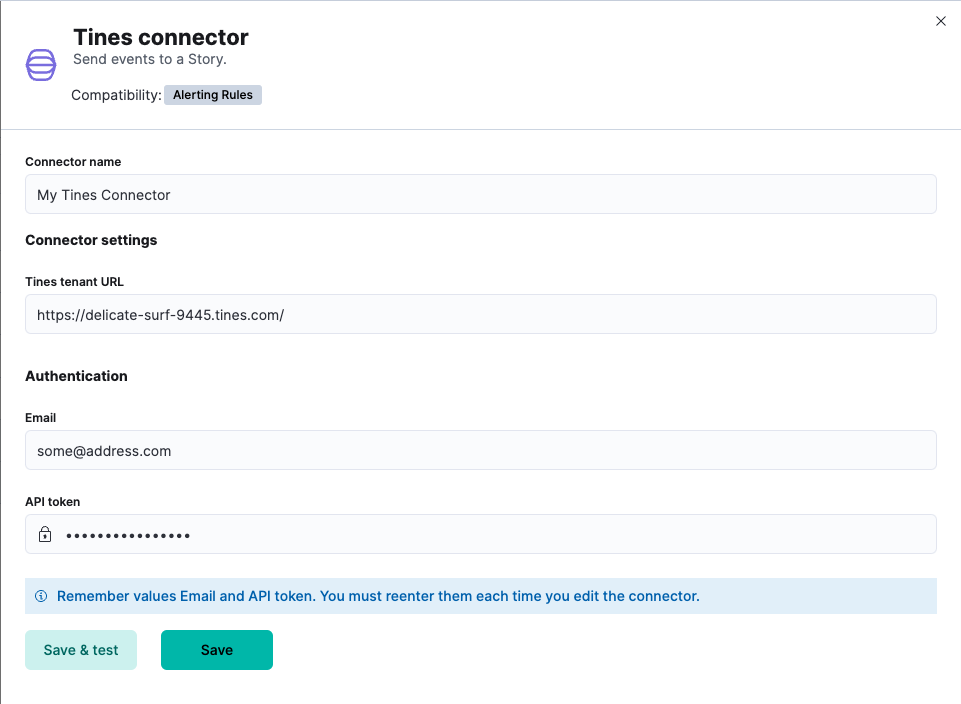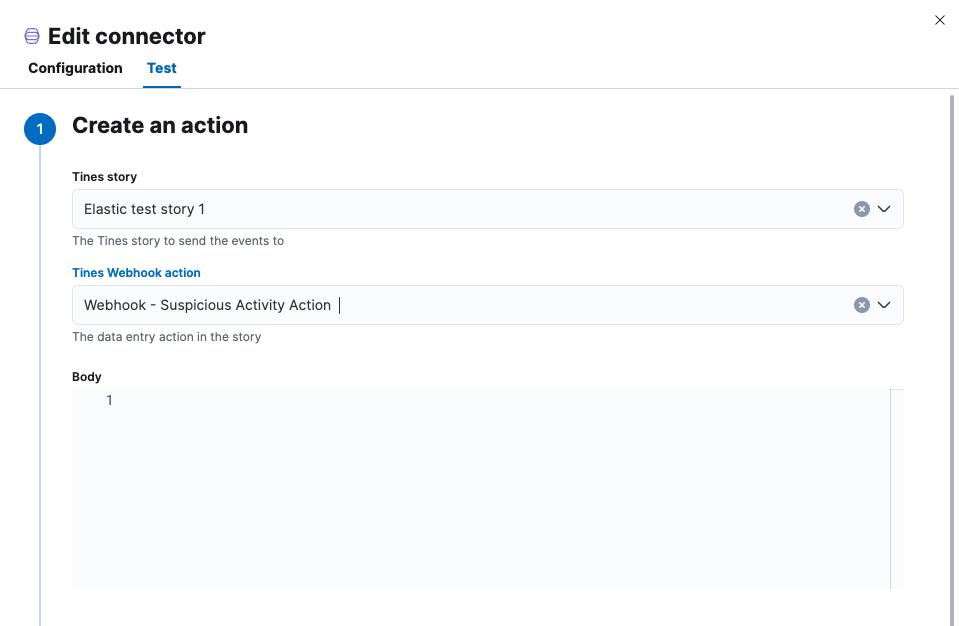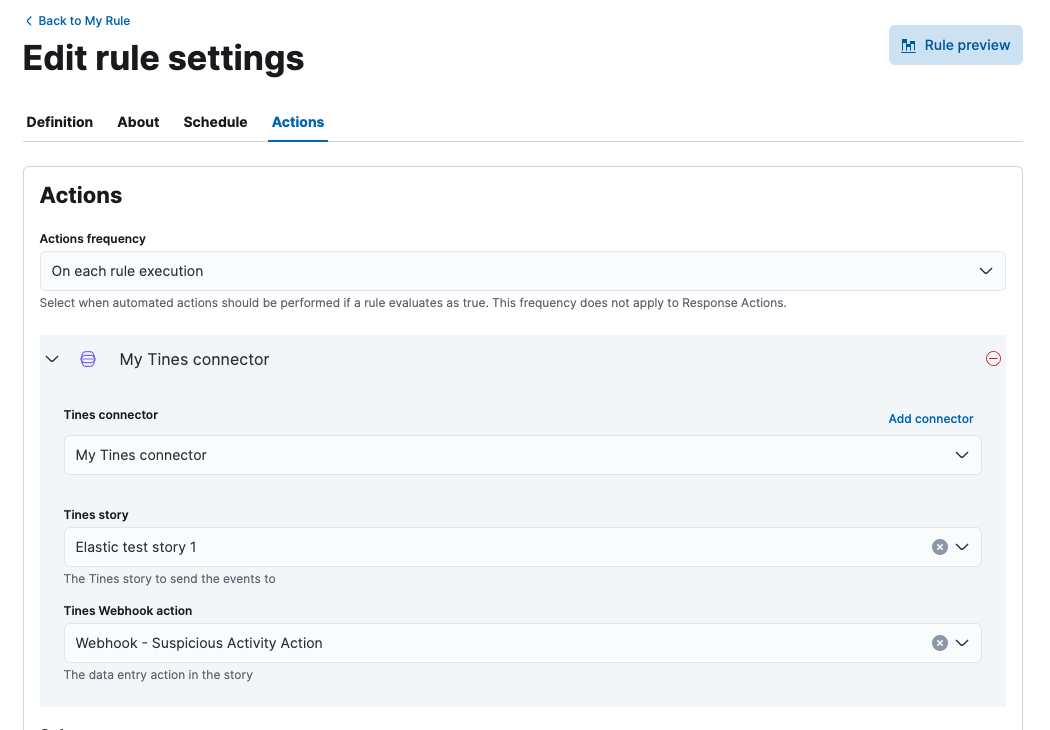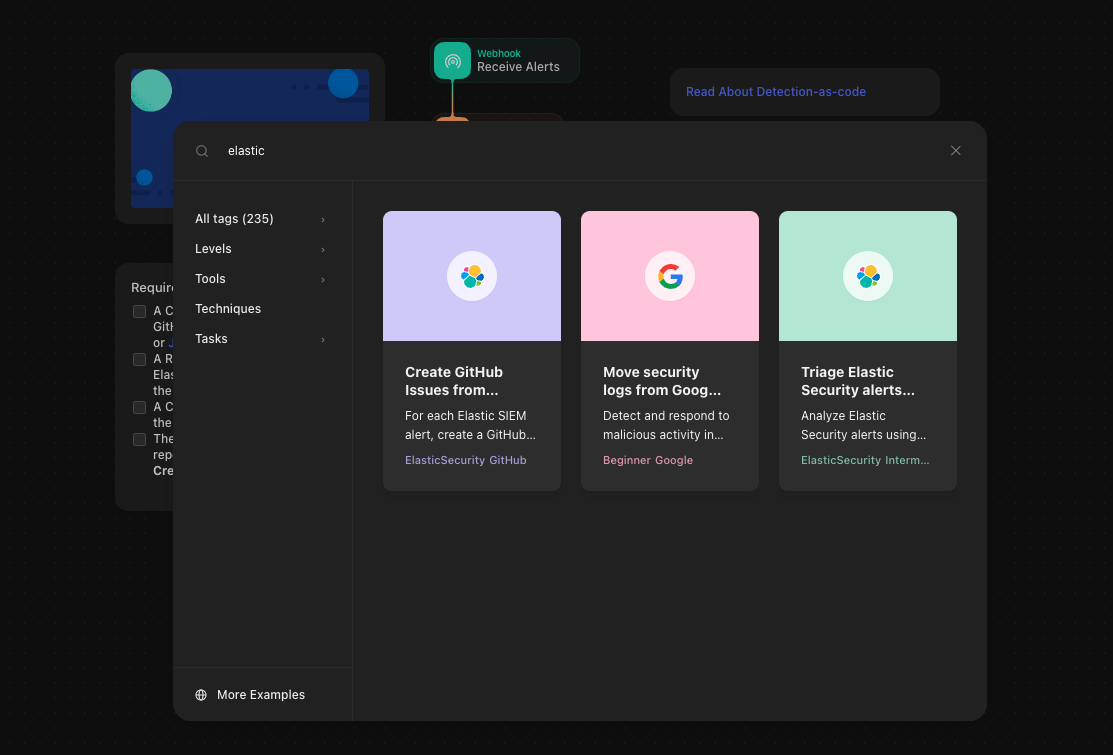- Kibana Guide: other versions:
- What is Kibana?
- What’s new in 8.8
- Kibana concepts
- Quick start
- Set up
- Install Kibana
- Configure Kibana
- Alerting and action settings
- APM settings
- Banners settings
- Cases settings
- Enterprise Search settings
- Fleet settings
- i18n settings
- Logging settings
- Logs settings
- Metrics settings
- Monitoring settings
- Reporting settings
- Search sessions settings
- Secure settings
- Security settings
- Spaces settings
- Task Manager settings
- Telemetry settings
- URL drilldown settings
- Start and stop Kibana
- Access Kibana
- Securing access to Kibana
- Add data
- Upgrade Kibana
- Configure security
- Configure reporting
- Configure logging
- Configure monitoring
- Command line tools
- Production considerations
- Discover
- Dashboard and visualizations
- Canvas
- Maps
- Build a map to compare metrics by country or region
- Track, visualize, and alert on assets in real time
- Map custom regions with reverse geocoding
- Heat map layer
- Tile layer
- Vector layer
- Plot big data
- Search geographic data
- Configure map settings
- Connect to Elastic Maps Service
- Import geospatial data
- Troubleshoot
- Reporting and sharing
- Machine learning
- Graph
- Alerting
- Observability
- APM
- Security
- Dev Tools
- Fleet
- Osquery
- Stack Monitoring
- Stack Management
- REST API
- Get features API
- Kibana spaces APIs
- Kibana role management APIs
- User session management APIs
- Saved objects APIs
- Data views API
- Index patterns APIs
- Alerting APIs
- Action and connector APIs
- Cases APIs
- Add comment
- Create case
- Delete cases
- Delete comments
- Find case activity
- Find cases
- Find connectors
- Get alerts
- Get case activity
- Get case
- Get case status
- Get cases by alert
- Get comments
- Get configuration
- Get reporters
- Get tags
- Push case
- Set configuration
- Update cases
- Update comment
- Update configuration
- Import and export dashboard APIs
- Logstash configuration management APIs
- Machine learning APIs
- Osquery manager API
- Short URLs APIs
- Get Task Manager health
- Upgrade assistant APIs
- Kibana plugins
- Troubleshooting
- Accessibility
- Release notes
- Kibana 8.8.2
- Kibana 8.8.1
- Kibana 8.8.0
- Kibana 8.7.1
- Kibana 8.7.0
- Kibana 8.6.1
- Kibana 8.6.0
- Kibana 8.5.2
- Kibana 8.5.1
- Kibana 8.5.0
- Kibana 8.4.3
- Kibana 8.4.2
- Kibana 8.4.1
- Kibana 8.4.0
- Kibana 8.3.3
- Kibana 8.3.2
- Kibana 8.3.1
- Kibana 8.3.0
- Kibana 8.2.3
- Kibana 8.2.2
- Kibana 8.2.1
- Kibana 8.2.0
- Kibana 8.1.3
- Kibana 8.1.2
- Kibana 8.1.1
- Kibana 8.1.0
- Kibana 8.0.0
- Kibana 8.0.0-rc2
- Kibana 8.0.0-rc1
- Kibana 8.0.0-beta1
- Kibana 8.0.0-alpha2
- Kibana 8.0.0-alpha1
- Developer guide
Tines connector
editTines connector
editThe Tines connector uses Tines’s Webhook actions to send events via POST request.
Create connectors in Kibana
editYou can create connectors in Stack Management > Connectors or as needed when you’re creating a rule. For example:

Connector configuration
editTines connectors have the following configuration properties:
- URL
-
The Tines tenant URL. If you are using the
xpack.actions.allowedHostssetting, make sure the hostname is added to the allowed hosts. - The email used to sign in to Tines.
- API Token
- A Tines API token created by the user. For more information, refer to the Tines documentation.
Create preconfigured connectors
editIf you are running Kibana on-prem, you can define connectors by
adding xpack.actions.preconfigured settings to your kibana.yml file.
For example:
xpack.actions.preconfigured: my-tines: name: preconfigured-tines-connector-type actionTypeId: .tines config: url: https://some-tenant-2345.tines.com secrets: email: some.address@test.com token: ausergeneratedapitoken
Config defines information for the connector type.
-
url - A Tines tenant URL string that corresponds to URL.
Secrets defines sensitive information for the connector type.
-
email - A string that corresponds to Email.
-
token - A string that corresponds to API Token.
Test connectors
editTines actions have the following parameters.
- Story
- The Story to send the events to.
- Webhook
- The Webhook action from the previous story that will receive the events, it is the data entry point.
You can test connectors with the run connector API or as you’re creating or editing the connector in Kibana. For example:

Once the Tines connector has been configured in an alerting rule:

It will send a POST request to the Tines webhook action on every action that runs with at least one result.
Webhook URL fallback
editIt is possible that requests to the Tines API to get the stories and webhooks for the selectors hit the 500 results limit. In this scenario, the webhook URL fallback text field will be displayed. You can still use the selectors if the story or webhook exists in the 500 options loaded. Otherwise, you can paste the webhook URL in the test input field; it can be copied from the Tines webhook configuration.
When the webhook URL is defined, the connector will use it directly when an action runs, and the story and webhook selectors will be disabled and ignored. To re-enable the story and webhook selectors, remove the webhook URL value.

Tines story library
editIn order to simplify the integration with Elastic, Tines offers a set of pre-defined Elastic stories in the Story library. They can be found by searching for "Elastic" in the Tines Story library:

They can be imported directly into your Tines tenant.
Format
editTines connector will send the data in JSON format.
The message contains fields such as alertId, date, _index, kibanaBaseUrl, along with the rule and params objects.
The number of alerts (signals) can be found at state.signals_count.
The alerts (signals) data is stored in the context.alerts array, following the ECS format.
On this page